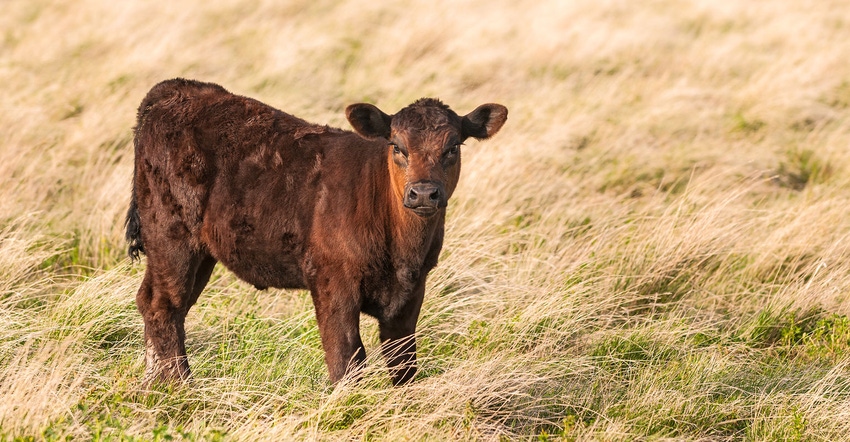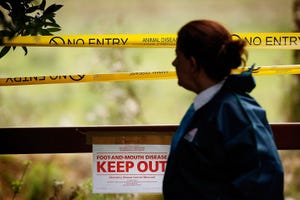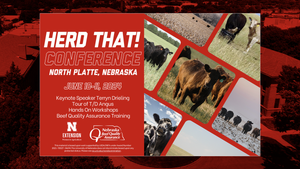Choose right vaccines for your calf
Planning and implementing a vaccine program will benefit your calf herd.

Building a good vaccine program can be critical to keeping calves healthy at the beginning of their life.
“It’s important to work with your veterinarian to set up a program that’s going to work well with your management style and herd goals,” says Jen Roberts, a professional services veterinarian with Boehringer Ingelheim says. Roberts shares these tips:
Get timing right. Time vaccinations to ensure calves are protected before they need to be. “We want to make sure these calves are vaccinated at least a couple of weeks prior to the expected challenge, so that they can have an opportunity for their immune system to respond to that vaccination, and for them to be protected when they’re going to be experiencing a disease challenge,” Roberts explains.
“It’s also important to consider life stages for the calves you’re thinking of vaccinating,” she says. “Think about when those calves might be experiencing a respiratory disease challenge, during times when they’re moving from individual housing to group pens.”
Choose type of vaccine. Various factors come into play when choosing the type of vaccine to use in your cattle herd. “The most basic things to consider first is are you going to choose a modified live vaccine or are you going to use a killed vaccine?” Roberts says.
With the different vaccines available, producers and their veterinarians are able to select the right one for their operation. “There are several vaccines available for use to prevent respiratory disease, and those that are modified live vaccines tend to have a little bit longer immunity,” she says, adding that MLVs stimulate a more robust immune response compared to the killed vaccines.
Other vaccines combat a host of health concerns. For “different bacterial vaccines against clostridium disease, and then for respiratory viruses, we’re typically going to be vaccinating those calves against bovine viral diarrhea, or BVD. Infectious bovine rhinotracheitis, or IBR, and Parainfluenza-3 are the most common respiratory viruses that we are vaccinating against,” Roberts says.
Administer properly. When choosing a vaccine, also consider how it will be administered. “What is the handling facility that you have for moving calves and getting them administered?” Roberts asks. “It’s important to consider when it is easiest to catch those animals and administer vaccines, and to make sure vaccinations are being administered at the correct times.”
Roberts says that producers should follow Beef Quality Assurance guidelines when administering vaccines. “This means getting the vaccines in the muscle in the neck whenever possible. The location should be a triangle that goes from the top of the neck, the front of the shoulder blade, and then along the vertebrae in the neck. This is the best location to administer vaccinations.”
Store vaccines correctly. Proper storage ensures the best efficacy for the vaccines. “Vaccines that are not stored properly in refrigerated temperatures can be subject to failure,” Roberts says. “Making sure that the vaccines don’t get too warm, or making sure they don’t freeze is important in ensuring they’re as effective as they can be.”
With all these factors to consider, creating a plan with the help of a herd veterinarian can decrease calf stress, ensure vaccines are viable and make administering vaccines easier on producers.
About the Author(s)
You May Also Like




.png?width=300&auto=webp&quality=80&disable=upscale)
